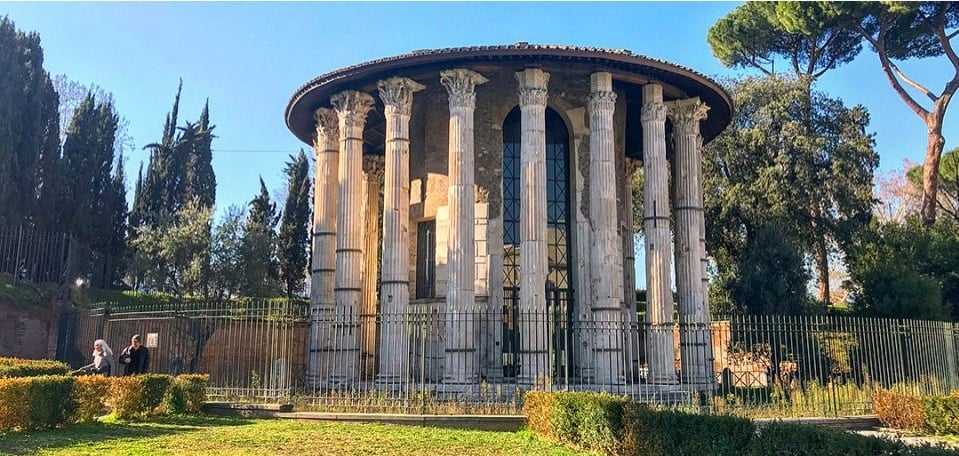Discovering the Temple of Hercules Victor
Nestled in the heart of Rome, the Temple of Hercules Victor stands as a testament to the city’s rich history and architectural prowess. Often overshadowed by more famous landmarks, this ancient structure offers a unique glimpse into Rome’s past. As the oldest surviving marble building in the city, it holds significant historical and cultural value. Whether you’re a history enthusiast or a curious traveler, understanding the Temple of Hercules Victor can enrich your visit to Rome.
Historical Significance
The Temple of Hercules Victor dates back to the late 2nd century BC, making it one of the oldest structures in Rome. It was commissioned by a wealthy merchant named Marcus Octavius Herrenus, who dedicated it to Hercules, the Roman god of strength and protector of merchants. The temple’s circular design and Corinthian columns are inspired by Greek architecture, reflecting the cultural exchanges between Rome and Greece during that era.
This temple is particularly significant because it represents a shift in Roman architecture from the use of traditional materials like tufa and travertine to marble. This transition marked a new era in Roman construction, showcasing the empire’s growing wealth and influence. The temple’s survival through centuries of change and turmoil is a testament to its robust construction and the reverence Romans held for Hercules.
Architectural Features
The Temple of Hercules Victor is renowned for its distinctive circular shape, a design that was relatively rare in Roman temple architecture. It features 20 Corinthian columns made of Greek marble, which support a circular entablature. The use of marble not only adds to the temple’s aesthetic appeal but also signifies the importance of the deity to whom it was dedicated.
The temple’s interior, though not accessible to the public, is believed to have housed a statue of Hercules. The structure’s design allows for natural light to illuminate the interior, creating a serene and sacred atmosphere. The temple’s location near the Tiber River was strategic, as it was a bustling area for trade and commerce, further emphasizing Hercules’ role as a protector of merchants.
Visiting the Temple
Located in the Forum Boarium, an ancient cattle market, the Temple of Hercules Victor is easily accessible to visitors exploring Rome. The site is open to the public, and while the interior is not open for tours, the exterior offers plenty of opportunities for exploration and photography. The temple is surrounded by a small park, providing a peaceful spot to relax and reflect on the historical significance of the area.
When visiting, take the time to appreciate the temple’s architectural details and its harmonious integration with the surrounding landscape. The nearby Church of Santa Maria in Cosmedin, famous for the Bocca della Verità (Mouth of Truth), is also worth a visit. Together, these sites offer a rich tapestry of Rome’s diverse historical and cultural heritage.
